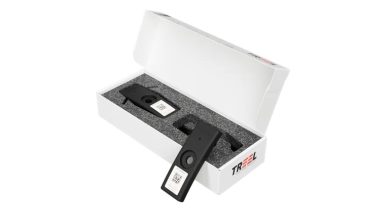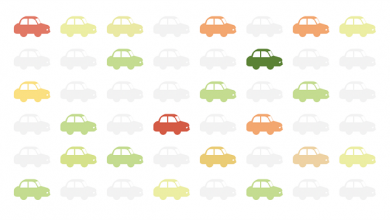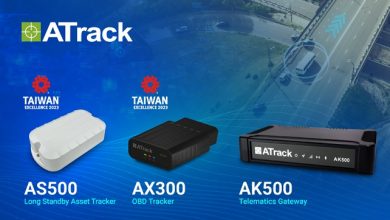Vodafone tests centimeter-level vehicle tracking
New tech can track vehicles, drones and cargo remotely within centimeters, key to safe adoption of autonomous vehicles, flying objects and machinery.

Vodafone has successfully used new precision positioning technology to remotely track a vehicle to within 10 centimeters of its location, a big improvement from the three meters accuracy in current system. Vodafone is working in with Sapcorda, using Vodafone’s global internet of things (IoT) platform, which has 118 million connections worldwide.
Pinpoint accuracy is critical to the acceptance and mass adoption of autonomous vehicles on the road and in factories, airports, dockyards and any site where machines are in motion. The tracking technology will also allow an autonomous truck to mind other road users, including cyclists, whose e-bikes can automatically transmit their position and intended direction of travel.
Vodafone is redefining its network and technology on a Telco as a Service (TaaS) model. It makes key network capabilities available through common APIs in a cloud platform to deliver new software, video and data applications at scale, additionally to gigabit-capable connectivity.
Vodafone said the TaaS model will benefit large enterprises, improving their ability to locate critical assets, precisely align machines such as driverless trains at platforms, and let farmers, airports, and fleet operators know the exact whereabouts of their autonomous vehicles.
Vodafone IoT-enabled vehicles, machinery and devices, when linked with Sapcorda’s comprehensive network of GNSS receivers and augmentation technology, improves location accuracy by correcting for things like the curvature of the earth, atmospheric delays, and clock differences of global positioning satellites. This offers corporations hyper-precise positioning that they can use to make sure a secure environment for their employees, their customers, the public, and their machines.
Combined with video and onboard diagnostics, the technology will also allow vehicle operators to hold out accurate location-sensitive remote inspections and even pause machines like grass cutters on public footpaths when they encounter people.





